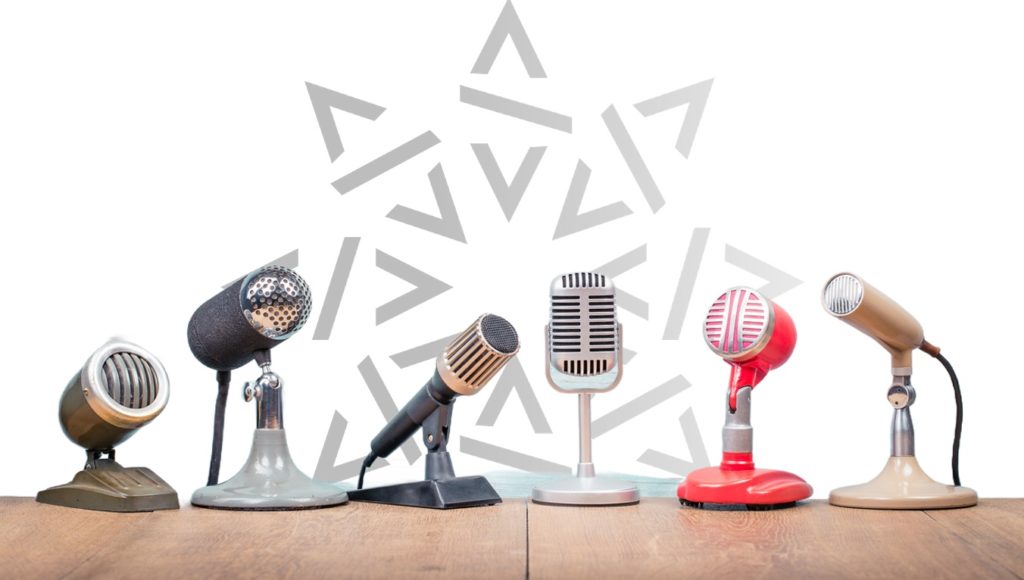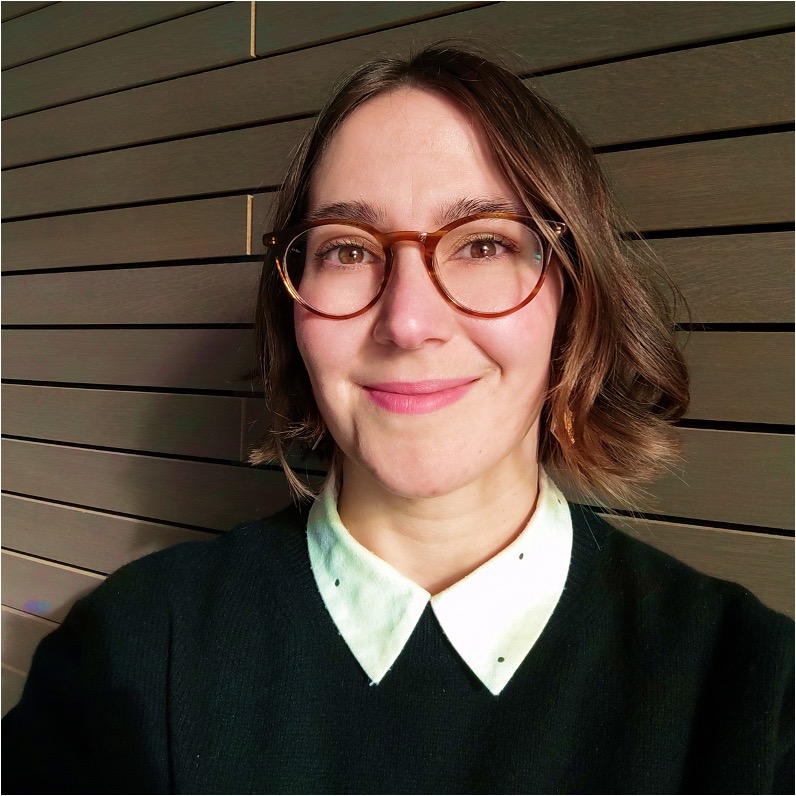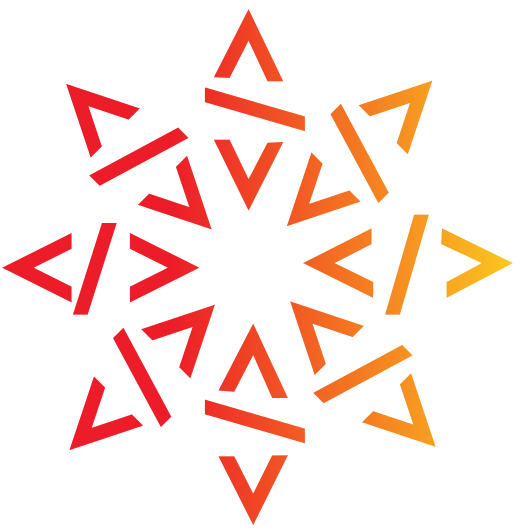“Towards Preserving Digital Culture”: an interview series by Camille Françoise

Our Software Heritage ambassador Camille Françoise published the “Towards Preserving Digital Culture” interview series, highlighting experts with different backgrounds and perspectives, in order to collectively advocate for software preservation. The interview series is published in Medium.
⚠️👀🤐 Spoiler alert: this addictive series contains also reading recommendations from Camille Françoise’s guests.

Camille Françoise | © Personal archive
Camille Françoise is a passionate Open Knowledge advocate. Camille is Product Manager Research and Heritage on New Media at the Netherlands Institute for Sound and Vision, where she oversees multiple European projects & activities around new media such as immersive reality, video games, interactive documentaries & digital born collections.
Software, a heritage under the patronage of Janus
The interviews highlight the dual nature of software, which serves both as a means to an end and as an object of preservation *per se*.
Somaya Langley points out the crucial role of software in handling digital collections whose formats are incompatible with contemporary software. By her side, Caylin Smith underlines that in research, there is no reproducibility of results without software.
A similar concern has been raised in art: how to preserve the very essence of an artwork based on software if it’s not possible to run it the way it had been created? Patricia Falcão makes this compelling comparison: “Just as you can see JMW Turner’s paintings 200 years later, we should be able to see artworks being made by software now in 200 years”.
If software is a mean to access and convey information, it should also be considered as a cultural artifact *per se*. Thus, Jakob Moesgaard and Amy Thomas remind us that many fields of art and creativity are now embodied in software and digital artifacts. Not only software is part of our culture, but culture goes digital. Added to this, Amy Thomas invites us not to reduce software as a reflect of our society, but to figure out on its impact on individuals lives.
What needs to be protected? Anatomy of a Digital Collection
One of the most common images that come to mind about software preservation is a curator chasing floppy disks in dusty boxes (preferably hidden in a garage). It’s true that the “disk rot” (Caylin Smith) may be one of the first challenges to tackle.
But software preservation also starts with an investigation of the anatomy of the collections to secure, because this heritage may take many forms.
Thus, the Avinash Changa‘s list includes not only the final compiled builds, but also source code, plugins, and shaders.
Preserving software is not only collecting a specimen of a rare specie, but keeping it alive in its environment: as Morgan Stricot sums it up, “[ending up] with dead machines under showcases” is curating a “plastic heritage”. Without an operating system able to run the legacy software, the curator has only a piece of the jigsaw according to Kenneth Seals-Nutt.
As a dictionary is needed to learn and understand a new language, in order to truly make a software usable in spite of obsolescence, the documentation should be retrieved too.
And beyond the technical documentation, a more comprehensive approach is required: Tom Ensom, Kenneth Seals-Nutt and Wendy Hagenmaier emphasize the need to keep the records of software creation, its historical context. To quote Kenneth Seals-Nutt: “Learning the “who” and “why” behind software is just as important as preserving executables.” Gaby Wijers shares the same vision: “And who is maintaining that and has the knowledge?”
When today is already yesterday
If things were too simple in the software preservation realm (and they aren’t), Dragan Espenschied and Caylin Smith explain that the rise of software as a service introduces a new layer of complexity.
Dragan Espenschied even invites us to think about software in new terms: “We will have to collectively let go of cherished metaphors like “file,” software being “loaded into” computers, or “digital record” to achieve breakthroughs that are closer to the materiality of software. Otherwise, we risk fortifying in preservation infrastructure an idea of software that was maybe true in the 1990s, but won’t hold up to the reality of contemporary software that is already using older software as a metaphor.”
The scale challenge: your mission, should you choose to accept it…
As Somaya Langley and Jakob Moesgaard stress out, the digital amount of artifacts to be preserved is enormous. Therefore Somaya Langley states: “I wouldn’t even hazard a guess at how many current and legacy software programs and Apps have been developed even in the past forty years. “
And on the other hand, another challenge inherent to any archival process is the selection bias, according to Jakob Moesgaard. For this reason, Wendy Hagenmaier warns about the lack of representation in software collecting and software preservation work.
Software, “a funny creature” (B. Butler) from a legal perspective
The dual nature of software – an artifact with an inherent and instrumental value – leads Brandon Butler to define it as a “funny creature”, from a legal perspective: “[…] software is such an awkward fit for copyright protection. The law treats software as if it’s a piece of sheet music, but it’s more like a player piano — a machine that may be interesting in its own right, but that also acts as a key tool for experiencing hundreds or thousands of other works”.
For Paul Wheatley, legal constraints may be so strong that even institutions such as national libraries are unable to fulfil their core missions. Tom Ensom explains that as software preservation relies on many digital artifacts under commercial licences, the issue is multiplied.
To remove the legal barriers, Amy Thomas calls to action by gathering evidence that shows the inaccuracy of current policies.
Towards a holistic approach of software preservation with Software Heritage
In the interviews conducted by Camille Françoise, Gaby Wijers and Wendy Hagenmaier stress out the need for software preservation advocacy because too often, software preservation is seen as a “nice to have” rather than a “must do”, though software is ubiquitous. And Paul Wheatley recounts that in the late 90s, the use of emulation in the heritage field was considered with scepticism.
The Unesco Paris Call reminds us that we are at a crossroad if we want to build the full history of software: “[We call to] support efforts to gather and preserve the artifacts and narratives of the history of computing, while the earlier creators are still alive.”
Software Heritage contributes to this preservation effort by enabling curators to easily build time capsules for software.
A first approach to rescue legacy software from different media is to rely on the SWHAP process that curates the code by collecting the metadata and by reconstructing the development history.
Another approach, complementary to the SWHAP process, is to create “Software Stories“.
These stories – whose software is the hero – expand the scope to: other documents, other media (videos, pictures, images, etc.) and oral history.
Thus, the whole story about software may be shared with a large audience.
Join the Software Heritage community
Ask for some support
Would you like to know more about software preservation through a demo, a training session, a presentation?
🤔💭❓Ask an ambassador!
Spread the word
Do you wonder about how to join the Software Heritage Ambassadors community?
Are you eager to inspire, to support and to share your knowledge about software preservation with a broad community?
Are you looking for a community where to share best practices?
💬🗣🧏🏻 Please, tell us more about you!
